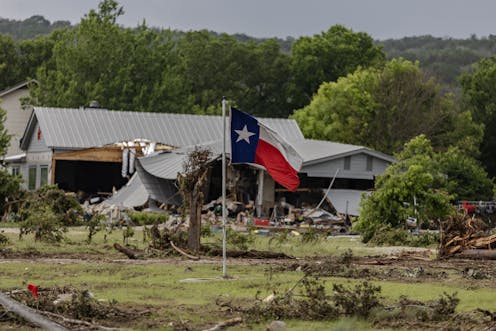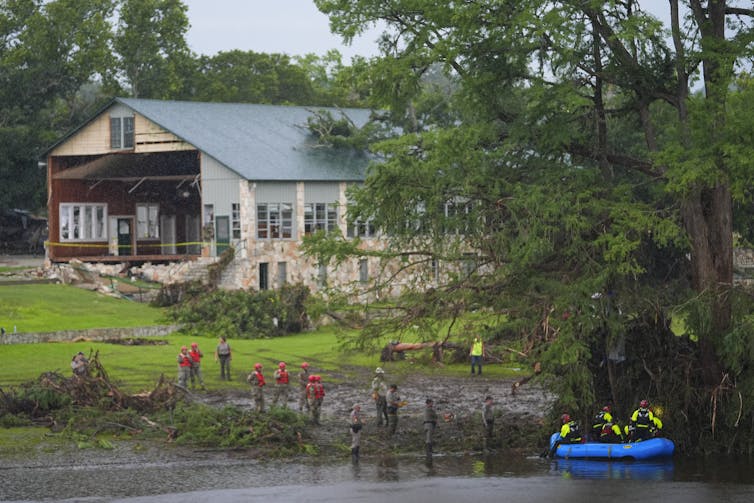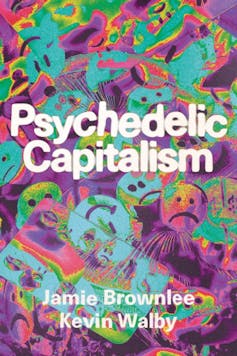Source: The Conversation – Africa (2) – By Kayla Kolff, Postdoctoral researcher, Osnabrück University
When we think about what sets humans apart from other animals, language often comes to mind. Language is more than words – it also relies on the ability to build shared understanding through conversation.
At the heart of conversation is turn-taking: the ability to coordinate interaction in time. This means alternating speaking roles, where one person speaks and the other listens, and responding in ways that keep the exchange moving forward.
But is this uniquely human? Increasingly, scientists are finding signs of turn-taking beyond our species – in visual cues in Siamese fish, in meerkat calls, and, as our recent study suggests, also in the grooming behaviour of chimpanzees.
As primatologists and biologists, we are interested in the evolutionary origins and driving forces behind human communication and cognition.
One animal behaviour that’s been said to involve features resembling human communication is grooming – combing through or licking each other’s fur. It’s one of the ways that some animals connect and bond with one another.
Grooming is a central part of the daily lives of chimpanzees, a species that together with bonobos represent humans’ closest living relatives. Chimpanzees engage in grooming to build relationships, reduce stress, and strengthen their friendships. While we know why they groom, and whom they prefer to groom, we do not know much about how it is organised. Does grooming happen randomly, or do chimpanzees take turns? And might things like age, their position in the group, family ties, or friendships influence the interaction? There may be another layer to grooming, shaped by social decisions made in the moment.
To answer this, we looked at whether grooming interactions involve turn-taking. We found that chimpanzees living in their natural environments do take turns, using a range of signals and movements to engage each other within the interaction. We then went on to check whether age, social standing, family ties and friendships affected the exchange of turns.
We found that especially age and social standing shaped how individuals accommodated their partners. This is in line with Communication Accommodation Theory, which is the idea that individuals adapt their communication according to the characteristics of recipients. Our findings open a new window on chimpanzee social cognition and provide perspectives on the evolutionary foundations of human communication.
Grooming coordination in the wild
To investigate how chimpanzees coordinate their grooming interactions, we studied male eastern chimpanzees at the Ngogo field site, in Uganda’s Kibale National Park. Over the course of ten months, we observed and filmed grooming interactions among 42 males in their natural environment using a digital camera.
As chimpanzee grooming is not just a simple back-and-forth where one chimpanzee grooms and then gets groomed in return, we paid close attention to gestures and additional actions. Gestures are bodily movements used to get another chimpanzee’s attention or to ask for something, such as raising an arm to invite more grooming. Actions, on the other hand, are things one chimpanzee does to another, such as grooming, approaching or leaving.
Based on these, we identified four types of turn exchanges:
-
action–action
-
action–gesture
-
gesture–action
-
gesture–gesture.
We observed that chimpanzees actively managed the interaction, using actions and gestures to start, invite, or respond to their partner’s participation.
What shapes participation in these exchanges?
Some chimpanzees were more likely than others to take turns during grooming. A closer look revealed that age and social status played a key role. Older males, who in chimpanzee societies tend to hold more dominant positions, were more likely to get responses from others. Younger males, especially adolescents, were more likely to take a turn in response to others than to have others take a turn in response to them – suggesting they were more often responding than being responded to.
That makes a lot of sense when you think about chimpanzee social life. Younger individuals are still figuring out their place in the group, and grooming can be a way to build and nurture relationships and to learn the social ropes and finesses. Older males already have stable and strong friendships; they often receive grooming from others and tend to give less in return.
Surprisingly, friendships and family ties did not influence the chances of turn-taking, although these are important aspects of chimpanzee lives. What mattered more were age and social standing. Think of it like choosing a lunch seat at school: you might choose to sit near an older student or someone popular, even if it meant not sitting with your friends or family.
When we looked more closely at different types of turn-taking, one stood out: gesture–gesture exchanges. These looked a lot like social negotiations, where both chimpanzees gestured to each other before any grooming happened. These kinds of exchanges were more common when a chimpanzee interacted with an older individual, who may be more experienced in handling social situations and better at getting what they want, whether that means “groom me” or “keep going in grooming me”.
This study suggests that chimpanzees take turns as a strategic social tool to achieve goals like being groomed instead of doing the grooming themselves. Who you are, who you are interacting with, and what you might stand to gain from the exchange all shape how things unfold.
What this tells us
Our findings reveal that chimpanzee grooming is a complex behaviour, organised through structured exchanges of gestures and actions, shaped by strategies for engaging with others. It’s about more than the grooming itself.
Read more:
Inside the chimpanzee medicine cabinet: we’ve found a new way chimps treat wounds with plants
This ability to coordinate action and respond to others suggests a basic foundation that may have helped lay the groundwork for the evolution of human communication.
![]()
Kayla Kolff received funding from the DFG, German Research Foundation.
This project is part of a project that was funded by an EUConsolidator
grant (772000, TurnTaking) to SP of the European
Research Council (ERC) under the European Union’s Horizon
2020 research and innovation programme.
– ref. Whose turn is it? The question is at the heart of language and chimpanzees ask it too – https://theconversation.com/whose-turn-is-it-the-question-is-at-the-heart-of-language-and-chimpanzees-ask-it-too-258736














